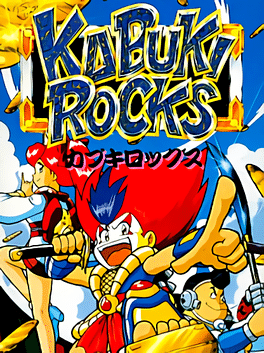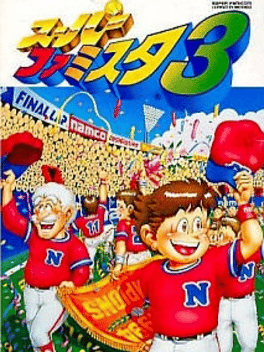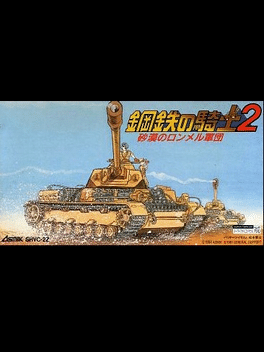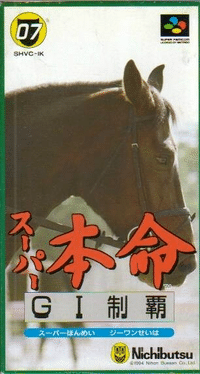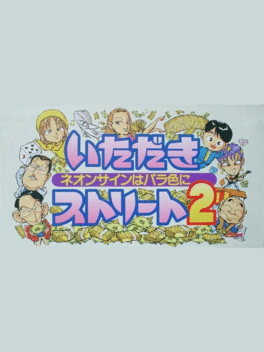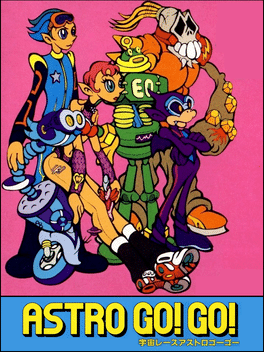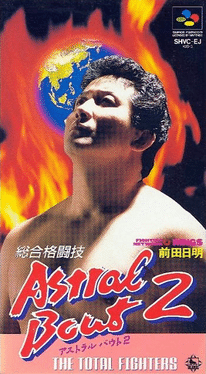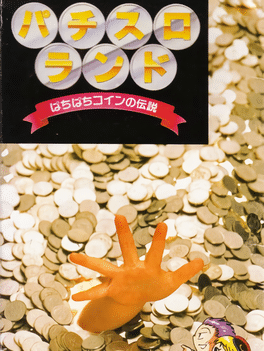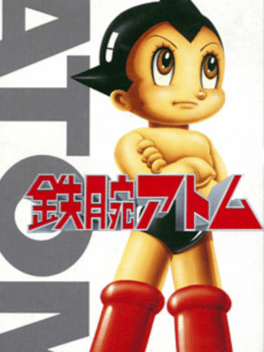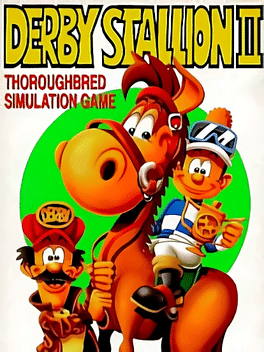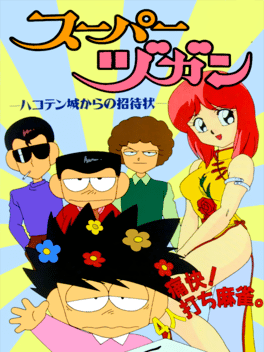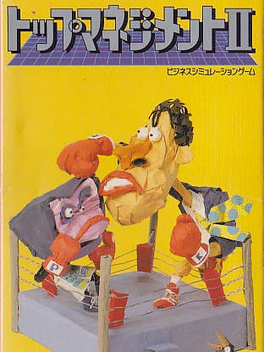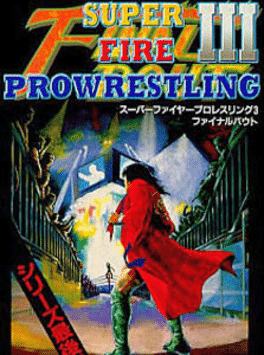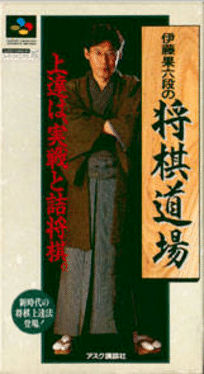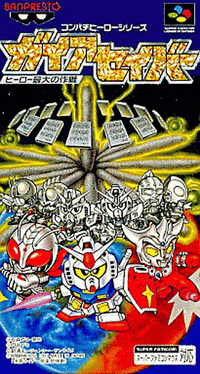Newest Super Famicom Games - Page 30
-
Kabuki Rocks
1994
Kabuki Rocks
1994
Kabuki Rocks is a Role-Playing game, developed by RED Entertainment and published by Atlus, which was released in Japan in 1994. -
Super Famista 3
1994
Super Famista 3
1994
Super Famista 3 is a Sports game, published by Namco, which was released in Japan in 1994. -
The Great Battle Gaiden 2: Matsuri da Wasshoi
1994
The Great Battle Gaiden 2: Matsuri da Wasshoi (Matsuri refers to a Japanese festival, at which "wasshoi" is regularly chanted) is an off-beat "gaiden" (side story) game in The Great Battle sub-franchise: the flagship games of the Compati Hero Series. The game is based around an alien invasion during a festival, and the four heroes (Ultraman, Kamen Rider, Knight Gundam from Gundam and Fighter Roar, a character created for The Great Battle series). The game has a mix of genres. The chief gameplay is a platformer where the player can leap up and down floors similar to Ninja-Kid or Mr. Goemon. If the player enters a flying gate, they are escorted to a shoot 'em up stage in which they control a flying lobster fighting samurai heads and Maneki Nekos. The Great Battle Gaiden 2 follows the Game Boy game Tekkyu Fight! The Great Battle Gaiden, released the previous year. Like every The Great Battle game and its Japanese pop culture-specific heroes, the game was never localized into English. -
Koutetsu no Kishi 2: Sabaku no Rommel Gundan
1994
Koutetsu no Kishi 2 is a Strategy game, developed by Dual and published by Asmik Ace Entertainment, Inc, which was released in Japan in 1994. -
Super Honmei: G1 Seiha
1994
Super Honmei: G1 Seiha is a Sports game, published by Nichibutsu, which was released in Japan in 1994. -
Itadaki Street 2: Neon Sign ha Bara Iro ni
1994
Following up on the original Itadaki Street, Itadaki Street 2 features more complex Monopoly-esque gameplay and new gambling elements. Released for the Super Famicom on Feb. 26, 1994 in Japan, and again on Sep. 26, 1997. -
Ramos Ruy no World Wide Soccer
1994
A Japanese version of Tony Meola's Sidekicks Soccer, but with a different player endorsement. -
Cyborg 009
1994
-
Sutobasu Yarou Shou
1994
Sutobasu Yarou Shou
1994
Sutobasu Yarou Shou is a Sports game, developed by Kid and published by B.I., which was released in Japan in 1994. -
Uchuu Race: Astro Go! Go!
1994
Uchuu Race: Astro Go! Go! is a Racing game, developed by KAZe and published by Meldac, which was released in Japan in 1994. -
Sougou Kakutougi: Astral Bout 2 - The Total Fighters
1994
Sougou Kakutougi: Astral Bout 2: The Total Fighters is the sequel to Sougou Kakutougi: Astral Bout and like that game features various martial arts experts competing, not unlike MMA. The game is based on a real-life Japanese martial arts TV promotion, Fighting Network Rings. The eight characters represent different martial arts, including wrestling, karate, boxing, Muay Thai and others. -
Pachi-Slot Land: Pachi-pachi Coin no Densetsu
1994
Pachi-Slot Land is a Miscellaneous game, developed by I.S.C. and published by Carrozzeria, which was released in Japan in 1994. -
Tetsuwan Atom
1994
Tetsuwan Atom
1994
Tetsuwan Atom is an action platformer video-game developed by Zamuse and published by Banpresto and released for Super Famicom on 1994 in Japan. The game is a retelling of the 1952 manga with artworks based in the 1980 series (Uran and Kid Atlas are pretty notifiable). In the story, Atom goes fighting several obstacles like evil robots and monsters. -
Derby Stallion II
1994
Derby Stallion II
1994
Derby Stallion II is a Sports game, published by ASCII Entertainment, which was released in Japan in 1994. -
Hiouden: Mamono-tachi to no Chikai
1994
A PC-98 RPG from Wolf Team with an isometric perspective. It later saw an enhanced Super Famicom port. -
Super Zugan: Hakotenjou kara no Shoutai
1994
A Super Famicom comedic Mahjong game with an overarching storyline. It was followed by a sequel a few years later. -
Top Management II
1994
Top Management II
1994
Top Management II is a Strategy game, published by Koei, which was released in Japan in 1994. Players must keep their corporation profitable by any means possible as a corporate executive. This entire video game is in Japanese; making it mandatory to be able to read the language. Frequent corporate meetings keep players aware of what is happening within the company. It is a sequel to Top Management for the Family Computer and NEC PC-9801. A typical game of Top Management begins in the year 1980. Starting in the first week of April, players must participate in strategic corporate meetings in order to guide the focus of the company into certain Japanese prefectures. Buying and selling is done on the Tokyo Stock Exchange in order to improve profits for the entire corporation. Employees can be hired, fired, or laid-off during these important meetings. -
Super Fire Pro Wrestling III Final Bout
1994
The third Super Famicom game in Human's highly technical wrestling series. It was re-released the following year with easier controls as "Super Fire Pro Wrestling III: Easytype". -
Itou Hatasu Mu-dan no Shogi Dojo
1994
Itou Hatasu Mu-Dan no Shougi Dojo is a Miscellaneous game, published by ASK, which was released in Japan in 1994. -
Gaia Saver: Hero Saidai no Sakusen
1994
Gaia Saver is a Role-Playing game, developed by Arc System Works and published by Banpresto, which was released in Japan in 1994.
